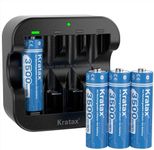Buying Guide for the Best Rechargeable Batteries
When choosing rechargeable batteries, it's important to consider the specific needs of your devices and how often you use them. Rechargeable batteries are a great choice for devices that are used frequently, as they can be recharged and reused multiple times, reducing waste and saving money in the long run. Understanding the key specifications will help you select the best rechargeable batteries for your needs.Battery TypeRechargeable batteries come in different types, such as NiMH (Nickel-Metal Hydride), Li-ion (Lithium-ion), and NiCd (Nickel-Cadmium). NiMH batteries are commonly used for household devices and are known for their good capacity and environmental friendliness. Li-ion batteries are often used in electronics like smartphones and laptops due to their high energy density and lightweight. NiCd batteries are less common now but are durable and can handle high-drain applications. Choose the type based on your device's requirements and the balance between capacity, weight, and environmental impact.
Capacity (mAh)Capacity, measured in milliampere-hours (mAh), indicates how much energy a battery can store. Higher capacity batteries can power a device for longer periods before needing a recharge. For high-drain devices like cameras or flashlights, look for batteries with higher mAh ratings, typically above 2000 mAh. For low-drain devices like remote controls, lower capacity batteries around 1000-2000 mAh may suffice. Consider your device's power consumption and how often you want to recharge the batteries when choosing the capacity.
Charge CyclesCharge cycles refer to the number of times a battery can be fully charged and discharged before its capacity significantly diminishes. A higher number of charge cycles means the battery will last longer over time. Most rechargeable batteries offer between 500 to 1000 charge cycles. If you use your device frequently, opt for batteries with a higher number of charge cycles to ensure longevity and cost-effectiveness.
Self-Discharge RateSelf-discharge rate is the rate at which a battery loses its charge when not in use. Lower self-discharge rates mean the battery retains its charge longer when stored. NiMH batteries typically have a higher self-discharge rate compared to Li-ion batteries. If you plan to store batteries for extended periods, look for low self-discharge options, often labeled as 'pre-charged' or 'ready-to-use,' which maintain their charge for months.
VoltageVoltage is the electrical potential of the battery and is crucial for compatibility with your device. Most rechargeable batteries have a voltage of 1.2V, which is slightly lower than the 1.5V of standard alkaline batteries. However, they are designed to work in most devices that use alkaline batteries. Ensure your device can operate with the voltage provided by the rechargeable battery to avoid performance issues.
SizeRechargeable batteries come in various sizes, such as AA, AAA, C, D, and 9V, to fit different devices. The size you need depends on the device you are powering. Always check the device's battery compartment or manual to determine the correct size. Choosing the right size ensures proper fit and function in your device.
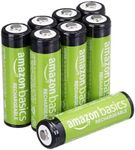
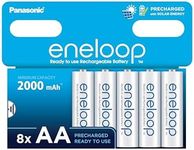


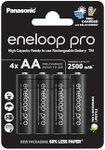


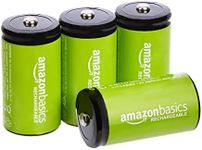


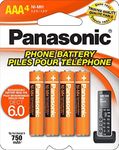
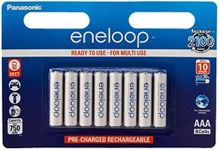
![Ansmann AA Rechargeable Batteries [Pack of 8] 2850 mAh NiMH High Capacity AA Type Size Battery Digital Equipment's, Cameras, Flash Units, Speakers, Microphones, Silver](https://images-proxy.bestreviews.guide/Sgn7L1XuelhcpkRfjbDLOD7W_4k=/0x150/https://m.media-amazon.com/images/I/41KVC53EYrL._AC_CX679_.jpg)
